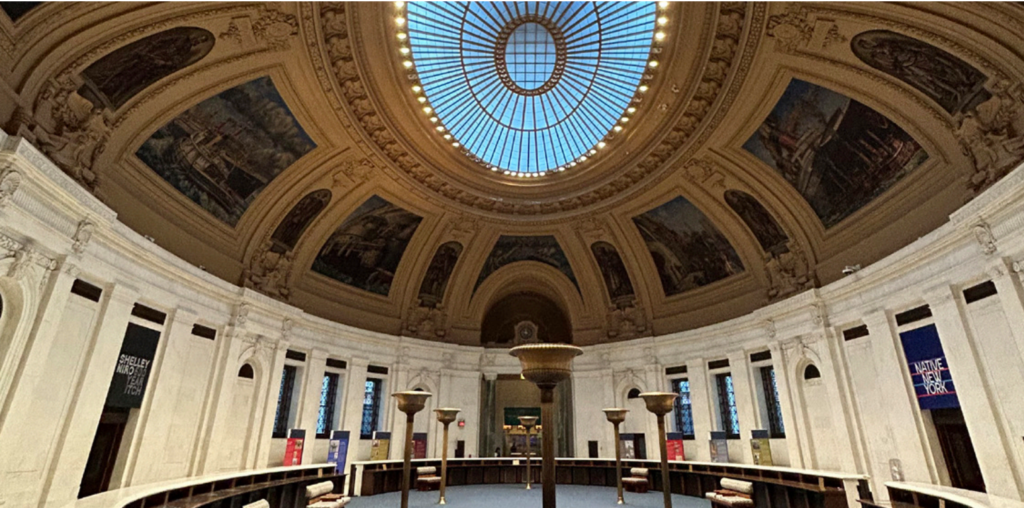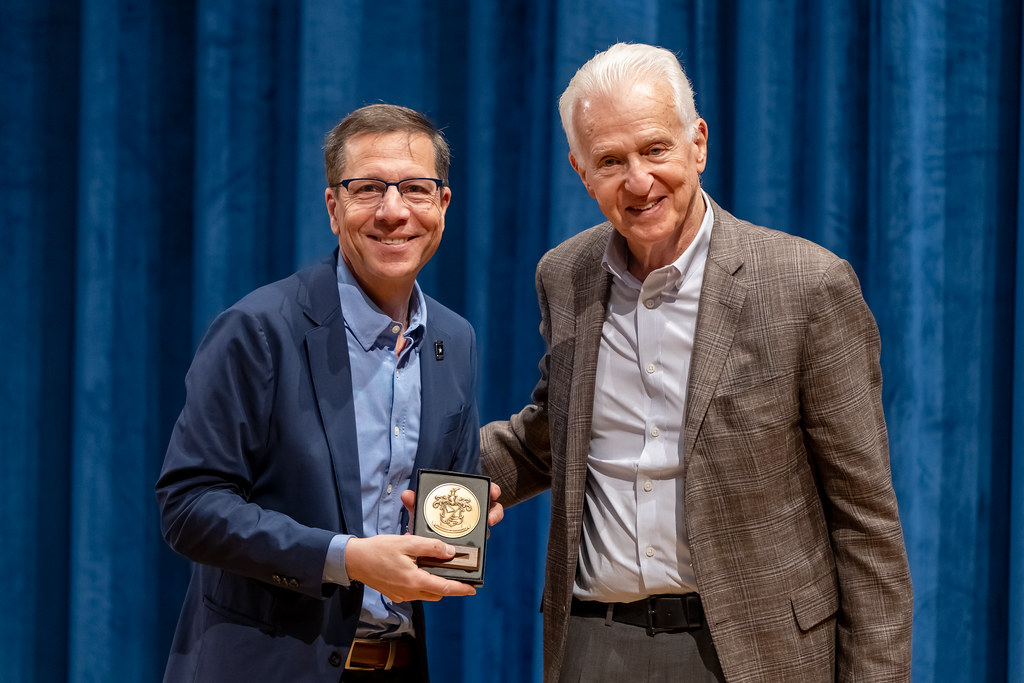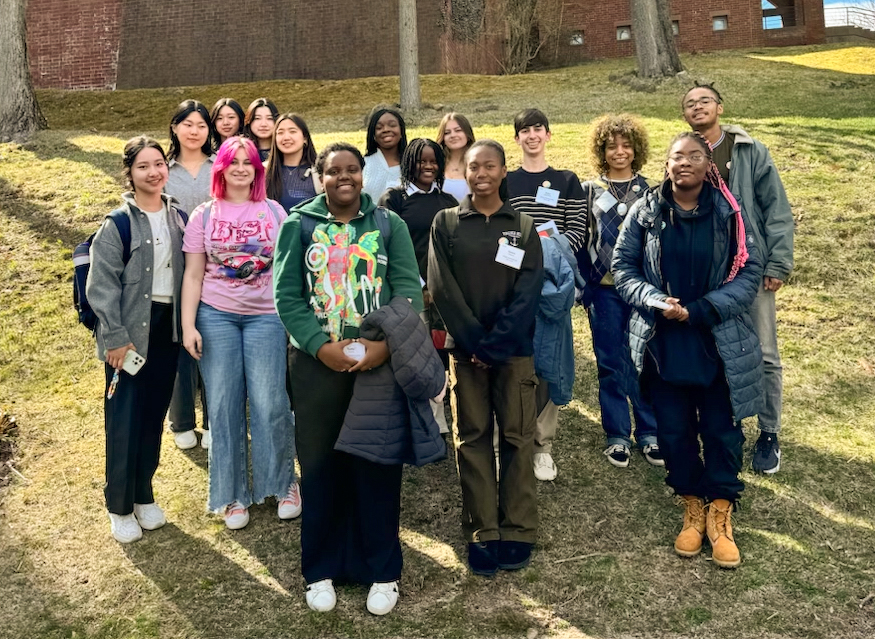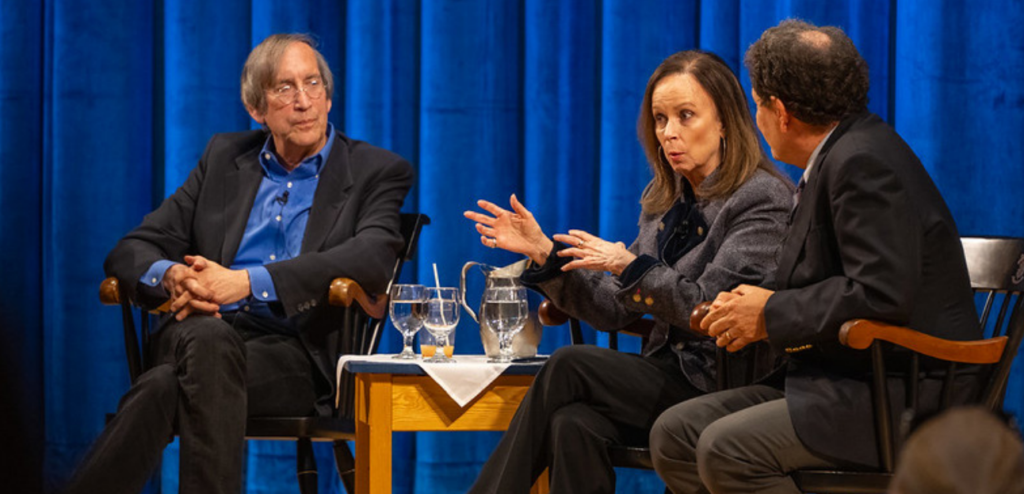
Students visited the National Museum of the American Indian.
By Maia Shah ’27
Students in American Studies classes had the opportunity to dive into their required summer reading book An Indigenous People’s History of the United States by Roxanne Dunbar-Ortiz this October 26. About 40 students visited the National Museum of the American Indian and explored themes of the book such as the Native American struggle and settler colonialism. Students were able to apply their knowledge of indigenous history while viewing modern art and installations.
The students saw four main exhibits, all showcasing different aspects of indigenous culture, including religion, settler colonialism, and warfare. Ms. Amy Salot, who teaches both English and History for American Studies described the exhibits as “a multifaceted view of Native American culture.”
Ms. Salot wanted her students to notice that “there is a strength and a vibrance in Native American culture alive today, despite settler colonialism.” She also described how the museum dismantled a misconception that people have of Native Americans: “A lot of Americans tend to think of Native Americans in the past tense … that they were oppressed, they only live on reservations, basically that they’re gone. This museum really celebrates that that is not the case at all.”
Through this field trip, students were able to learn about not only Native American culture, but also about Native American history. Jei Han Hall ’25 said, “I found the fact that Native Americans fought in World Wars I and II [to be] very interesting.” Similarly, Annelie Hang ’25 shared, “I learned a lot that I wouldn’t necessarily have learned through a classroom.”
While students were able to experience learning outside of their average classroom setting, the long commutes to and from New York were a challenge. “We’ll definitely have to look at it again to see if we will do it next year. We spent more time on the bus than we did in the museum, and that seems a little crazy,” Ms. Salot said.
The trip, despite its time commitment, offered students a new way to learn more about the Native American experience, one different from what they had received reading through textbooks and sources. Students and faculty chaperones were able to recognize the importance of celebrating the culture of historically oppressed voices and deepen their own understanding of those cultures.
“I think the whole experience was focused on reframing Native American history as not just a historical problem but a modern day problem,” Quinn Farmer ’25 said. “I learned that history is never fully past and is always impacting the present in one way or another, which is why learning about it is so important.”




